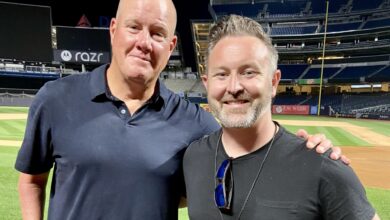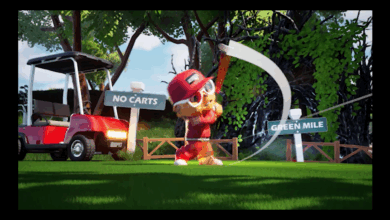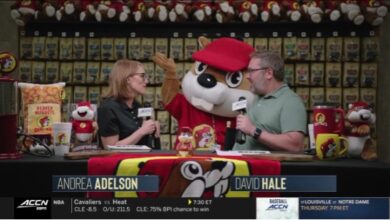Keith Law explains ESPN.com’s 2016 Top 100 baseball prospect rankings process
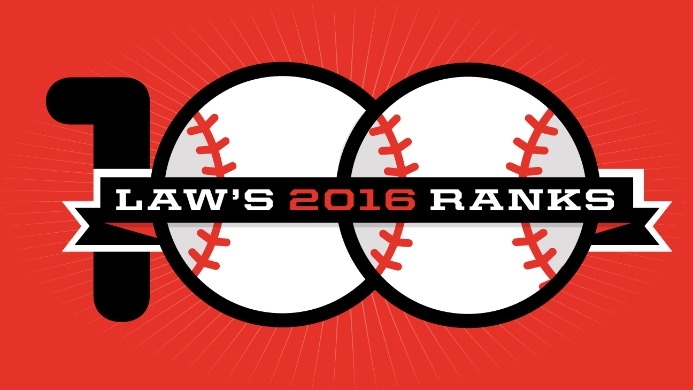
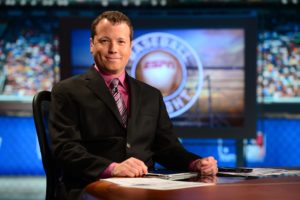
(Joe Faraoni/ESPN Images)
ESPN.com MLB senior writer Keith Law’s annual top prospects features began this week highlighted by the Top 100, which was released today. Front Row caught up with Law to learn what goes into creating the lists each year and how the process has evolved.
How did this project begin and how has it grown?
I first joined ESPN in June 2006, but I didn’t do my first Top 100 until I’d been with the site for about 18 months. It took me that long to see enough players and build up enough credibility to get the information I needed. It’s very easy to sit down, write up a list of names and pretend you know what you need to know about them. It’s a lot harder to do it well.
“The Minnesota Twins’ system is likely to have a couple of their top prospects in their lineup by June, as well as one in their rotation before then. The Los Angeles Dodgers will have their top prospect playing shortstop from Day 1, and they might get some help from their pitching prospects before too long. And the Milwaukee Brewers will probably feature a lot of their top prospects because they have so few roster spots locked down by veterans.”
Explain the process of putting this project together.
Each year, a week or so after this list is filed, I’m back out seeing draft prospects, then seeing pro guys in spring training. But I can’t see everybody, so I maintain constant dialogues with scouts and club executives about players they’ve seen or players in their own systems so that I’m reasonably up to speed on who’s doing what in the minors.
Then, about 5-6 weeks before this gets posted each winter, I start a series of phone calls with team execs — anyone who really knows his own system top to bottom — as well as pro scouts to get detailed notes on hundreds of players. I have to talk to at least one source in each front office to do this right. I’ve got my own notebook full of reports on players, lots of video I’ve compiled, a world of stats available online and a few folks in front offices who help me revise the rankings as I’m going. I would never say it feels “done” to me. I just run out of time to keep tinkering.
What factors do you consider in making your selections?
The best prospects have tools, skills and performance. That is, they have the physical and/or athletic gifts to be stars, the abilities to put those gifts to use on the field and the statistics that demonstrate exactly why they’re future stars. The tricky part is when you start talking about prospects who are missing something in there — the “toolsy” teenager who hasn’t hit well in pro ball yet or the pitcher who keeps getting guys out but doesn’t have a huge fastball. They can still be prospects, but figuring out where to rank them is a challenge.
